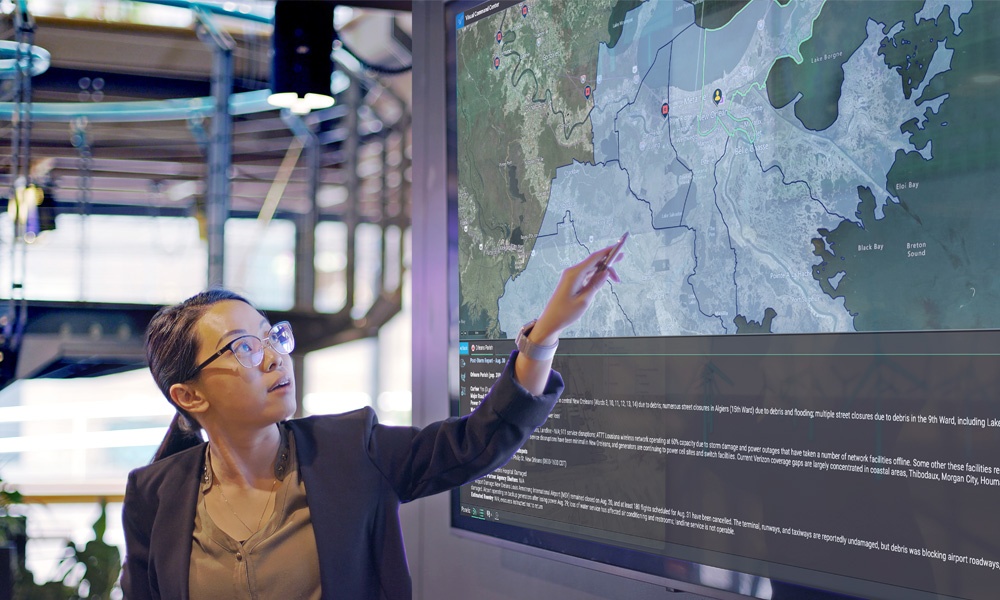Blog
Emergency management plan: Improving event response
When a disaster strikes, there are many variables that an effective emergency management plan should be able to anticipate. Depending on the severity of an event, multiple agencies, jurisdictions and organizations will probably need to be involved. Each group may have different procedures for how they handle and respond to certain incidents as well. Because of this, coordination amongst these groups can be very complex.
Solution – ENS for disaster planning AND response How can organizations ensure that when an event occurs, their emergency management plan’s coordination and communication is optimal? With the advancements of Emergency Notification Systems (ENS), leveraging a solution for pre-disaster planning can be a key part in delivering event information fast and reliably while speeding up response. Related Resource: Public Safety Communications Assessment
Data centralization Many ENS solutions allow you to import data from almost any source. Most providers can even integrate with your HR database, so updates from one source automatically update all others. Critical information including schedules, skills set, and roles can be defined as well. Ultimately, this can help help guarantee data is accurate and current to ensure your emergency management plan’s communication processes can be activated quickly and reliably. Related Resource: Everbridge Platform
Standardizing communication As for actual communications in your emergency management plan, the ability to build and standardize messages and templates can help minimize errors and confusion. Typically, when an incident occurs it isn’t at the most optimal moment (e.g. 2 AM with a new employee on call to manage the system and distribute notifications). Because of this, your operations can be vulnerable to human mistakes caused by stress or other factors. But, if your organization has pre-drafted templates that only have a few variables to choose from, the chances of a mistake ae greatly reduced. Additionally, any jargon can be vetted or eliminated well before to make sure whoever gets the message, understands it, and can take action effectively. Related Resource: Incident Communications For Government
Running drills to ensure success If you have the right data and have standardized communications, the next piece within your emergency management plan would be to test your response by running live training drills. This is important for a few reasons. The first is, it can verify the accuracy of your data by seeing who gets the messages and response. You can also test the effectiveness of each template. While drafting each message and incident template, you might have thought of almost everything, but then when you run the drill there could be some issues or mistakes that are brought to your attention that you will need to change or fix. After the drill concludes you can then compile after-action reports and evaluate overall performance and identify any areas of concern or areas for improvement. Related Resource: Emergency Event Training Drills Kit
Taking your emergency management plan to the next level Practice makes perfect. The saying holds true when it comes to running training drills or generally overseeing your disaster and emergency management plans. The more you practice and plan, the better you will be able improve the effectiveness of your emergency management activities. Each drill you run will fine tune your response and expose weaknesses, whether they are with your data or your templates. Ultimately, this can reduce response time, errors and message confusion, and in the long run, potentially save lives. Related Resource: Managing Multi-Agency ENS Deployments : Increasing Resident Reach, Cost Savings and Unified Messaging


